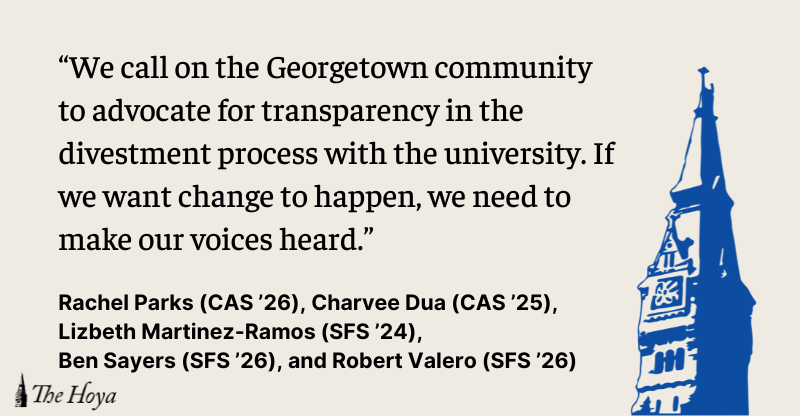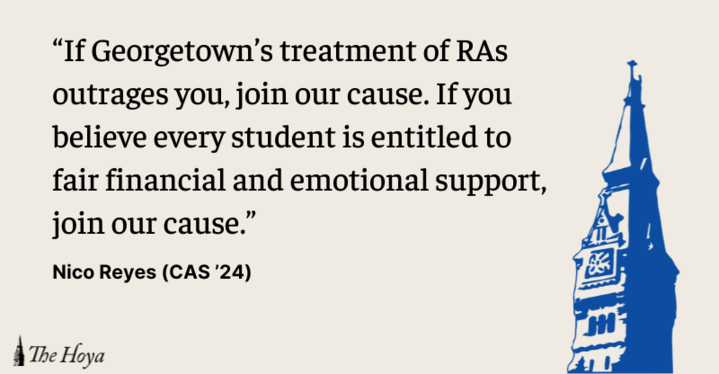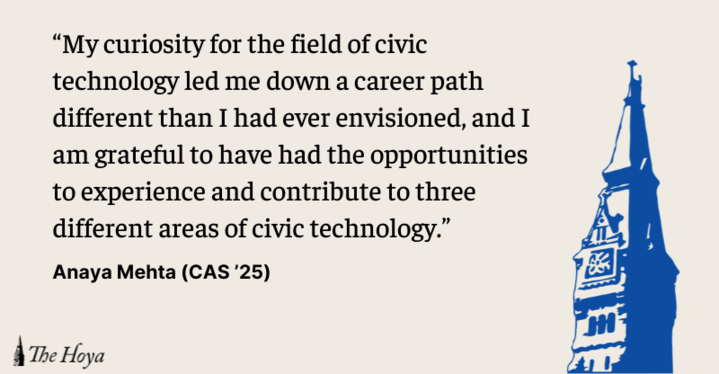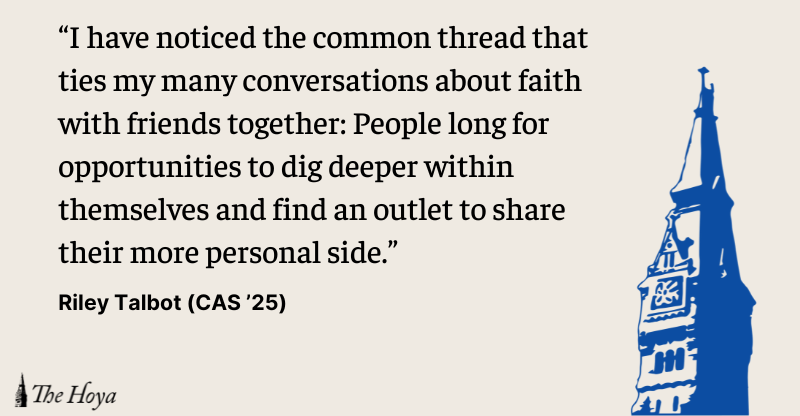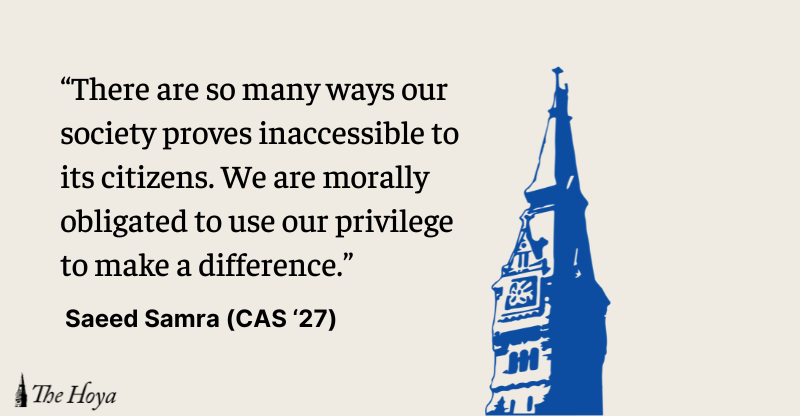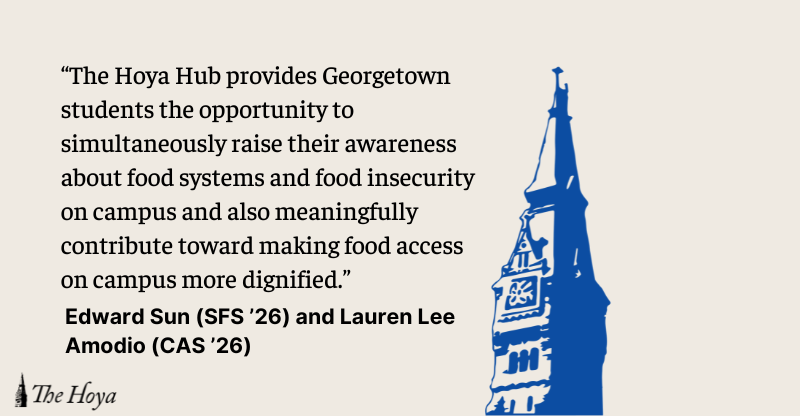While Georgetown University tweaks its Code of Student Conduct every year, the university systems outlined in it do not fully address the needs of students, favoring a more traditional, historically accepted approach to disciplinary action. Georgetown currently operates under a punitive system: when a student does something that violates the Code of Conduct, a report is filed, leading to an investigation, and finally, a courtroom-style process wherein the student receives a punishment regardless of whether anyone involved feels they benefited from the process. The current conduct system does not take into account the importance of community building and student satisfaction with the conduct process.
The 2020 Campus Cultural Climate survey found Georgetown remains unwelcoming and unsupportive to many students — particularly those of underrepresented gender and racial background. The 2020 Campus Cultural Climate Survey, a survey that the Office of Institutional Diversity, Equity and Affirmative Action (IDEAA) administers to gauge campus safety and student support systems, found that students of minority racial groups reported feeling that their cultural communities are valued at Georgetown at a rate between about 10% to 35% less than their peers. According to the 2022 Staff and Academic and Administrative Professionals (AAP) Cultural Climate Survey, over 40% of staff and AAPs reported not feeling a sense of belonging at Georgetown.
In addition to not feeling community at Georgetown, more than 50% of students surveyed in the 2020 study felt that Georgetown’s leadership would not meaningfully address inequities at Georgetown. The fact that students experience a lack of community, but feel as though campus systems would not address this shows that our current system does not fully meet the needs of students in relation to harm on campus. We need a comprehensive shift in how we deal with harm and restorative justice is a better option for our community.
Drawing on the practices of indigenous people in North America, the Māori in New Zealand and Mennonite and Jewish communities worldwide, restorative justice theory reframes how we view justice, with a focus on relationships, understanding and accountability rather than punishment, deterrence and retribution as the primary method for achieving justice. Restorative justice philosophy focuses on preemptive action: by building relationships through conversation and shared space, people can tap into those relationships to mitigate harm as it occurs.
While there are many methods used in restorative justice, the most common are “circles.” Circles are a form of group dialogue physically organized circularly to allow all participants to face each other without obstruction. Circles include opening and closing rituals and prompts that will go around the circle allowing each person the chance to speak unobstructed. These restorative circles connect participants through sharing stories and experiences in a structured environment so that everyone’s voice is heard, and their commonly preemptive nature ensures that community is built through dialogue.
These circles are not punitive, but connective. Restorative justice facilitates conversations. The Division of Student Affairs or Restorative Georgetown would invite any groups who feel they have been harmed to participate in a conversation with trained facilitators focusing on understanding what happened, why it happened and where they can go from there.
Individuals or groups might take part in a circle if they and the facilitators feel everyone involved is ready and consent is obtained, or facilitators might shuttle dialogue where there is a degree of separation between participants if necessary. This process often concludes with nondisciplinary agreements that all sides accept and designate any next steps to take, including continued dialogue or pledges to halt the actions that caused the harm. Should someone or a group not comply with the agreement, it does not entail that the university should sanction them through the traditional punitive process, but rather that the agreement was not designed to fit everyone’s needs and requires revision.
There is already some force behind restorative justice at Georgetown. Restorative Georgetown, a group of students, faculty and staff, has emerged with the desire to incorporate circles and restorative justice practices in all parts of campus life. Restorative Georgetown is a pilot program that promotes and integrates community-based connection and learning, circle conversations and interpersonal growth. They also offer programming for clubs to request facilitated community-building workshops or circles to preemptively foster relationships. There has also been progress in implementing restorative justice into student conduct, the Title IX process and as an option for all cases of harm at Georgetown. From sexual harm to discrimination to dorm infractions, restorative justice practices have the power to transform our community’s understanding of justice.
A common misconception about restorative justice is that it is too soft and will allow students or groups to get away with committing harm without any real consequences. Indeed, a truly restorative philosophy does not impose punishments on students.
However, the idea that only severe punishment deters students from violating the code of conduct is provably false. High recidivism rates within the criminal legal system show that people do not stop doing certain things because of stricter regulations –– they simply get better at not getting caught. Restorative Justice is more transformative for students because they have to face the impact of their actions. Unpacking students’ own life experiences that led to harm, combined with hearing and understanding the impact of their actions, works to ensure Georgetown can more fairly uphold its Student Code of Conduct, “upholding community standards.”
With a restorative philosophy, we can keep channels of dialogue open, build more relational communities and attend to community harm, maybe even before it reaches the conduct process. Restorative justice does not call for the end of anger, frustration, deep sadness or pain; it just asks us to begin a process of growth rather than continue the downward spiral of division. In the future, I hope that Georgetown students can engage with this powerful process together and begin to grow.
Alex Brown is a junior in the School of Foreign Service.













